Click to view our Accessibility Statement or contact us with accessibility-related questions







Support for Alternative Layouts

search
close
Sort by: Newest
keyboard_arrow_down
dovenyi
38
May 2, 2024
This was an excellent read even for a touch typer who doesn't really bother with keycap compatibility while using custom layouts.

dvorcol
5378
Keyboard Club Member
May 2, 2024
dovenyiThank you, I'm glad you liked it. As a fellow touch typist, correct legends on an appealing design are the icing on the cake. On the other hand, I'm less likely to buy a premium cake knowing it won't have frosting. I need legends to hunt-and-peck when the cat is sleeping on my arm, so with some sets I'll toggle to QWERTY.
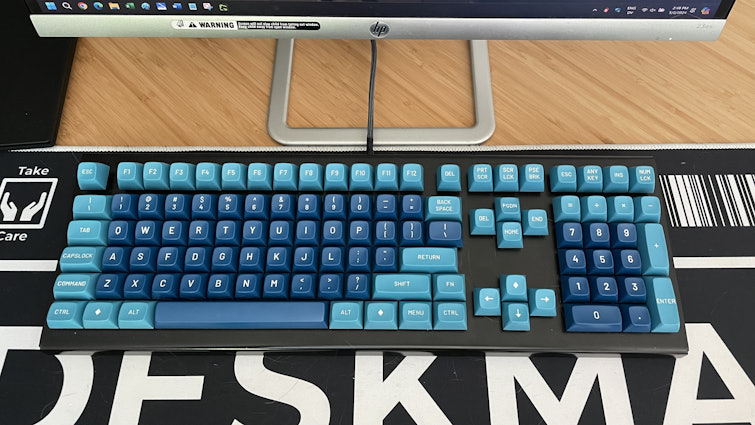

(Edited)
PRODUCTS YOU MAY LIKE
Trending Posts in Mechanical Keyboards

kali.shadowOps
TKD Cycle 7 with MT3 EXTENDED 2048 CUSTOM KEYCAP
I am finally done with my cycle 7 . Switches: KDBFansRoller, Linear 60g, and Kailh Chimp Linear GaimingV2 60g. but I will replace the Kailh with Gazzew U4T V2.
May 3, 2024

NewmanDA9901
LOTR Keyboard with Hardcore keycaps?
Hello. Is there a way to get the DROP + THE LORD OF THE RINGS™ BLACK SPEECH KEYBOARD with only the HARDCORE BASE KIT keys? Without the English letters on it. I really want one but it would be awesome if it came with the hardcore kit installed. Thanks in advance!
May 2, 2024

mabyen
Battlestations
Black Speech keyboard
Looks and feels good and mechanical sound is great!
May 1, 2024

dovenyi
What is SpaceFN and why you should give it a try
The SpaceFN concept - setting up your space key as a layer switch when held - is probably one of the most useful tweaks in the keyboard hobby. Let me explain how it works. My SpaceFN article on kbd.news made some rounds recently - quite surprisingly given the age of this concept. This piece you're reading is a condensed version of the full post. If you're left with unanswered questions, you'll most likely find the info you're looking for in the original write-up. On my imaginary top list of the most useful keyboard features, tweaks and hacks, SpaceFN would deserve a podium finish for sure. But what makes it so special? In short: SpaceFN is easy to implement, easy to learn, costs nothing, can be used with any keyboard, and can improve your productivity instantly. I will list its benefits below, but can state right at this point that the SpaceFN concept, setting up your space key as a layer switch when held, is clearly one of the most useful tweaks in the keyboard hobby....
Apr 30, 2024

Ike4948
Silent Holy Panda X?
I ordered some Holy Panda X switches, and I fell in love with them. They are a joy to type on. There's just one problem. The place that I use my keyboard to type the most is obviously at work, which is a problem if I want to use the Holy Panda X in the office around a whole bunch of people. I really don't want to torture my coworkers with the clack of these switches. I'd rather they still liked me. The good news is that, for me, the actuation of the Holy Panda X is the best part. I could take or leave the sound it makes; even if it is fantastic. Which leads me to my conundrum: is there another "silent" switch that feels similar to the Holy Panda X? Is there a piece I can remove from the Holy Panda X that would allow me to make them silent? Or am I going to have to wait and see if Drop will drop a Silent Holy Panda X for the in-office mech community?
Apr 29, 2024
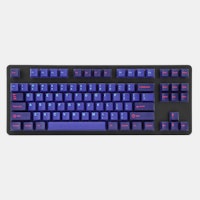
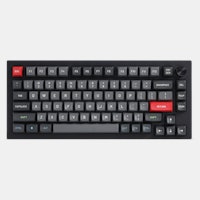
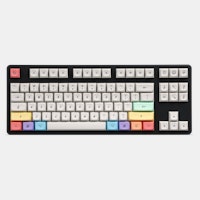
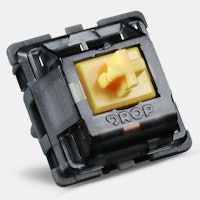
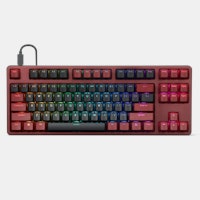
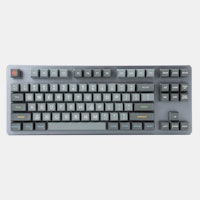

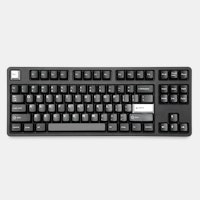
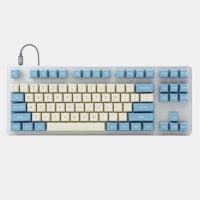
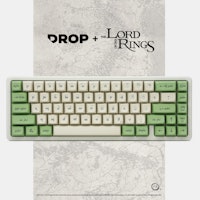




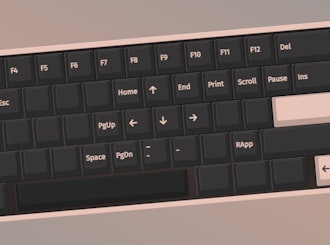


The expansion The Workman layout was introduced in 2010, Norman about three years later, and then the DH revision of Colemak in 2014. Keycaps were added to support more layouts, and various kit names were used to reflect the increased coverage. Let's use Colevrak+ here. The kit render below illustrates why various keycaps were added. Additional support did not necessarily follow the order listed here.
Wide mod is not a unique layout, but rather a modification intended to improve ergonomics by increasing the gap between hands. I've shown it first because it works for all alt layouts mentioned above, with the exception of Dvorak. It can even be used on QWERTY. Only two unique keycaps are needed, one of which is already included for Dvorak.
ColemaQ is Nyfee’s rearrangement of Colemak DH.
Workman was introduced by OJ Bucao in 2010.
Niro was introduced by kessentchaz in 2021. It uses Workman’s R2 D.
Norman was introduced by David Norman in 2013.
QWPR was introduced by chema_quinn in 2013. It uses Norman’s R2 K.
QGMLWY was introduced by Martin Krzywinski in 2010. It requires the addition of R2 M and homing A.
Programmer Dvorak was developed between 1997 and 2012 by Roland Kaufmann (see here and here). While it uses 19 keycaps from standard Dvorak and one from Colemak, TKL support requires an additional 15 unique keycaps: R2 at/caret, R4 apostrophe/quote, and 13 R1 keycaps with unique legends. Occasionally Colevrak+ has included just one of these keycaps – R4 apostrophe/quote – for partial support. An additional 6 unique keycaps are needed to cover the numpad: R2 is 1/2/3 and R4 is 7/8/9 to match the telephone layout.
Sculpted-profile summary table The table below highlights the keycaps needed by each of the eleven alt layouts mentioned above.
Eight-finger homing coverage is shown in honor of sets that included QWERTY eight-finger homing kits. Four examples are SA Jukebox's Deep Dish Homing Row, MT3 Serika r1's Super Homing, MT3 Serika r2's Geometries & Novelties, and MT3 Extended 2048’s Homing Addon. These were probably inspired by the home row of the Realforce HiPro keyboard. The eight-finger kit will also satisfy those who prefer middle finger homing, which was not uncommon before the turn of the century. Take early Apple keyboards, for example. (photo curtesy mr_a500)